Looking for skis that work both on groomed trails and in the backcountry? Here’s the good news: you don’t need separate setups anymore. Compact skis like Snowfeet Walkski and Nordic Cross-country Skate Skis are changing the game. They’re lightweight, easy to carry, and work with regular shoes, making them a practical choice for skiers who want to simplify their gear. On the flip side, traditional skis like the Nordica Enforcer 99, Völkl Mantra M7, and Blizzard Zero G 105 deliver power and stability but require more gear and cost significantly more.
Quick Takeaways:
- Snowfeet Walkski (100 cm): Lightweight, portable, and versatile for $399–$490. Great for all skill levels.
- Snowfeet Nordic Skate Skis (90 cm): Even shorter and easier to carry, ideal for casual winter fun.
- Nordica Enforcer 99: Classic option for resort skiing, but heavy and costs $650+ (gear not included).
- Völkl Mantra M7: High-performance, but bulky and pricey at $700+.
- Blizzard Zero G 105: Backcountry-focused, excellent downhill control, but costs $900+ and requires specialized equipment.
If you want a budget-friendly, no-fuss option, Snowfeet skis are worth considering. For seasoned skiers looking for performance, traditional models still hold their ground. Let’s break it down further.
The One Ski Quiver 2025 | The Best All Mountain Skis
1. Snowfeet* Walkski Backcountry Touring Skis (100 cm)
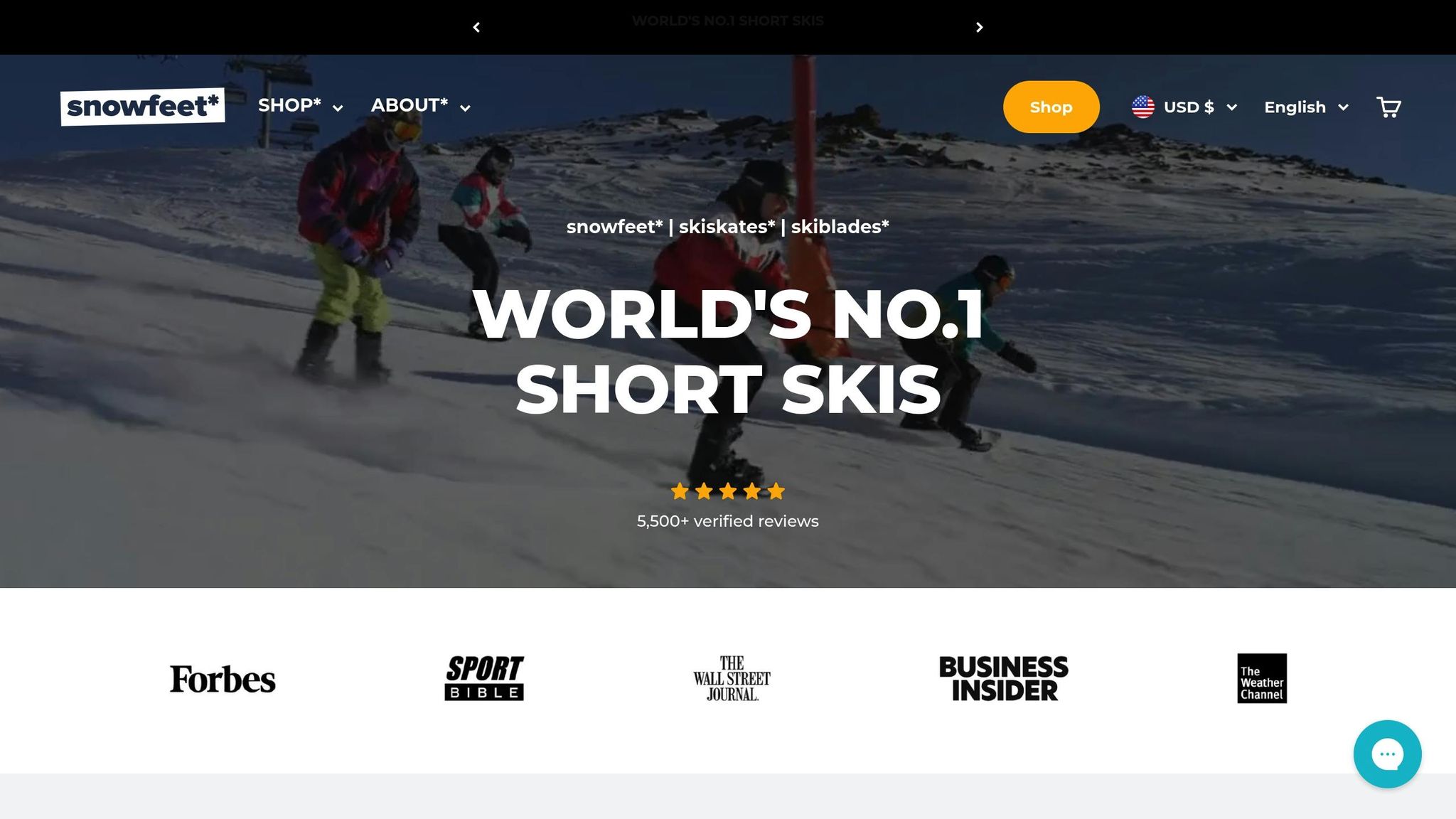
The Snowfeet* Walkski Backcountry Touring Skis bring a fresh approach to all-mountain skiing. At just 100 cm (about 39.4 inches) in length, these skis focus on portability and agility, offering a unique alternative to traditional touring setups, which often exceed 160 cm. Their compact design makes them a game-changer for skiers who value versatility and convenience.
Portability
The Walkski’s short length makes transportation a breeze. They fit easily into standard car trunks and even daypacks, so you can skip the hassle of oversized ski bags. Flying with them? No problem - they fit into regular luggage, saving you from those hefty oversized baggage fees. Plus, their shorter length reduces strain on your calves during steep climbs and tight turns, which is a big help when tackling tricky switchbacks or exposed ridges. This portability doesn’t just make them easier to carry - it also enhances their performance on the slopes.
Downhill Performance
Don’t let their size fool you - the Walkski is built for action. They’re quick to respond, making tight turns in trees or moguls feel effortless. On groomed runs, they’re playful and nimble, especially at moderate speeds. While they might not match the stability of longer, metal-reinforced skis at high speeds, they shine in variable terrain. In softer snow, they perform best on denser, moderate-angle slopes, though they’re less ideal for deep, fluffy powder where longer skis naturally excel.
Multi-terrain Use
The Walkski really proves its worth across different conditions. Whether you’re navigating crusty snow or enjoying spring corn, these skis handle transitions with ease. They’re particularly fun for short, snappy turns. On chattery or uneven snow, a slower pace is recommended, but their adaptability remains a strong point. What makes them stand out is their ability to seamlessly switch between resort skiing and backcountry adventures. You can climb a ridgeline, tackle a groomed run, or weave through tight trees - all without swapping gear. This all-in-one capability makes them a practical choice for skiers who want to do it all.
Value (USD)
At $690, the Walkski offers a cost-effective option in the touring ski market. Instead of buying a separate setup for resorts and backcountry adventures - along with bindings, skins, and all the extras - you get a single, versatile system. This simplifies your gear collection, saves storage space, and cuts down on costs. While they might not deliver the high-speed stability of heavier, specialized skis, most skiers spend their time on moderate terrain where the lightweight design and easy handling of the Walkski really shine. It’s a solid choice for those looking to bridge the gap between resort and backcountry skiing with one reliable setup.
2. Snowfeet* Nordic Cross-country Skate Skis (90 cm)
The Snowfeet* Nordic Cross-country Skate Skis are 90 cm long (about 35.4 inches) and proudly claim the title of the "World's shortest nordic skis!". Unlike traditional skis, these are designed to pair with regular winter shoes, making them a practical, portable option for winter enthusiasts.
Portability
At just 90 cm, these skis are incredibly easy to carry around. Their lightweight build makes them a great choice for anyone who wants to avoid lugging heavy gear - especially if you’ve got knee issues or just want to keep things simple while moving between winter activities.
Multi-terrain Use
What really sets these skis apart is their ability to handle different terrains while being compatible with everyday winter footwear. Whether you're out for a hike or tackling snowy trails, they’re ready to go. As one happy customer, Emmanuel, shared:
The skis are perfect. They work with regular shoes, light weight and small. They are idle for winter hikes where you may want to put them on and off and need regular hiking shoes.
This versatility makes them a solid pick for casual winter adventures or even spur-of-the-moment outdoor fun.
Value (USD)
With a glowing 5.0-star rating on Amazon, these skis deliver a lot of bang for your buck. Their design eliminates the need for specialized ski boots, making winter sports more accessible and convenient. If portability and ease are high on your list, these skis are worth considering.
3. Nordica Enforcer 99
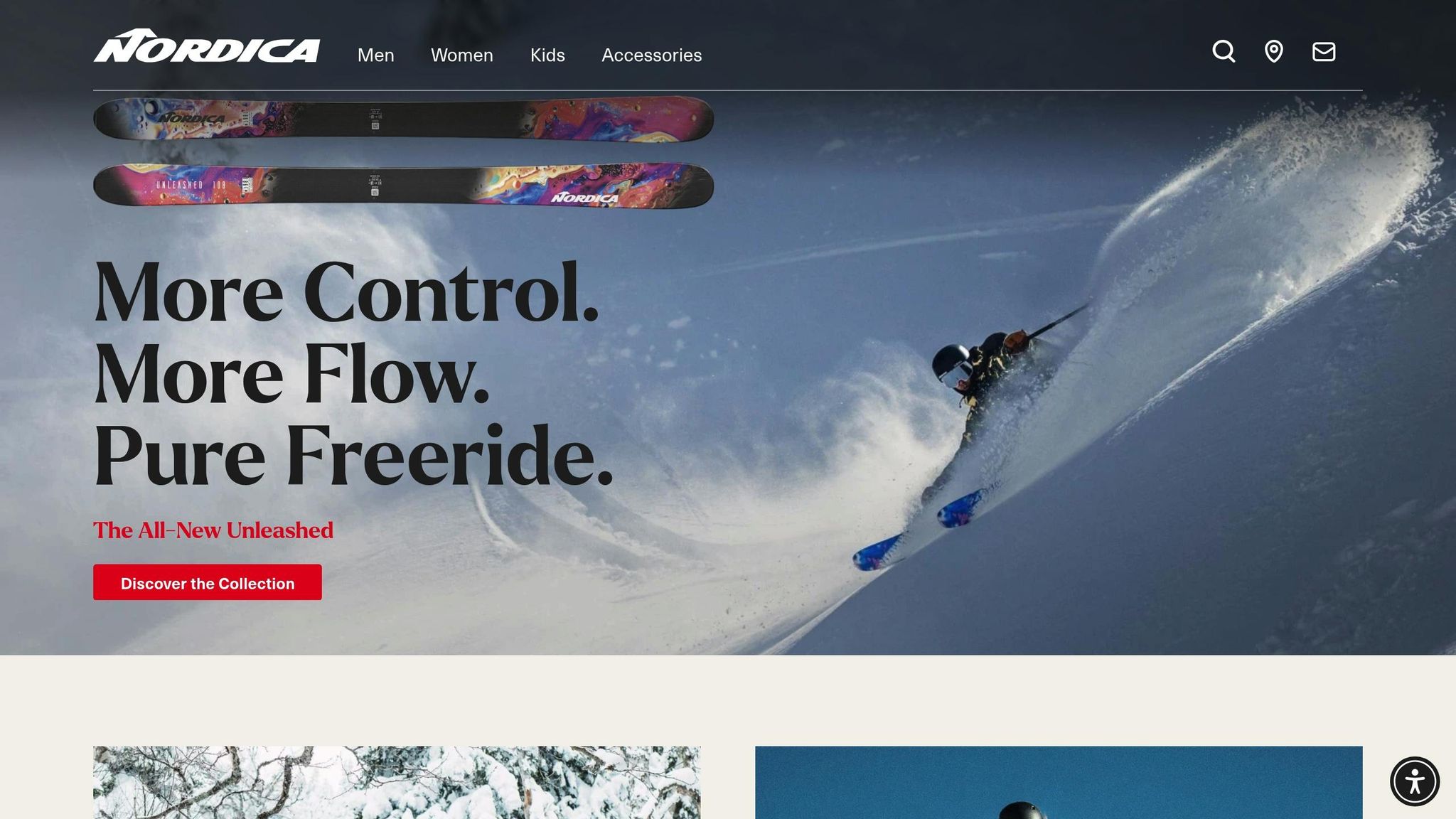
The Nordica Enforcer 99 sticks to the classic, heavier design of all-mountain skis, delivering solid downhill performance but sacrificing some flexibility and ease of use. Compared to Snowfeet*, the Enforcer 99 feels more traditional and less suited for spontaneous, on-the-go adventures. It’s a ski that caters to a specific type of skier, prioritizing power over portability.
Portability
Let’s be honest - hauling around the Enforcer 99 isn’t exactly a breeze. Its length and bulk mean you’ll need proper transport and storage, which can make those last-minute outings a bit of a hassle. On the flip side, Snowfeet* products are all about convenience. Their lightweight, compact design makes it easy to grab them and head out the door whenever the mood strikes.
Downhill Performance
When it comes to carving up groomed slopes, the Enforcer 99 shows its strength. Its traditional design and solid grip shine on well-maintained trails, making it a favorite for experienced skiers who love precision and control. But here’s the catch - it’s not as forgiving for casual skiers or those venturing into backcountry terrain. If you’re looking for something that transitions seamlessly between resort runs and off-piste exploration, this ski might feel a bit limiting.
Multi-terrain Use
The Enforcer 99 relies on specialized gear like alpine touring bindings and ski boots to perform, which can make it less adaptable to changing conditions. That added gear can feel like a burden, especially when the weather or terrain shifts unexpectedly. Snowfeet*, on the other hand, simplifies things. They’re built to handle a variety of environments without piling on extra equipment, giving you more freedom to explore.
Value
Owning a traditional ski setup like the Enforcer 99 isn’t cheap. Beyond the skis, you’ll need to invest in bindings, boots, and other gear, which can quickly add up. For skiers who want a simpler, more affordable approach, Snowfeet* offers a compelling alternative. With their focus on portability, ease of use, and adaptability, they align better with the needs of today’s skiers who value flexibility and minimal fuss.
sbb-itb-17ade95
4. Völkl Mantra M7
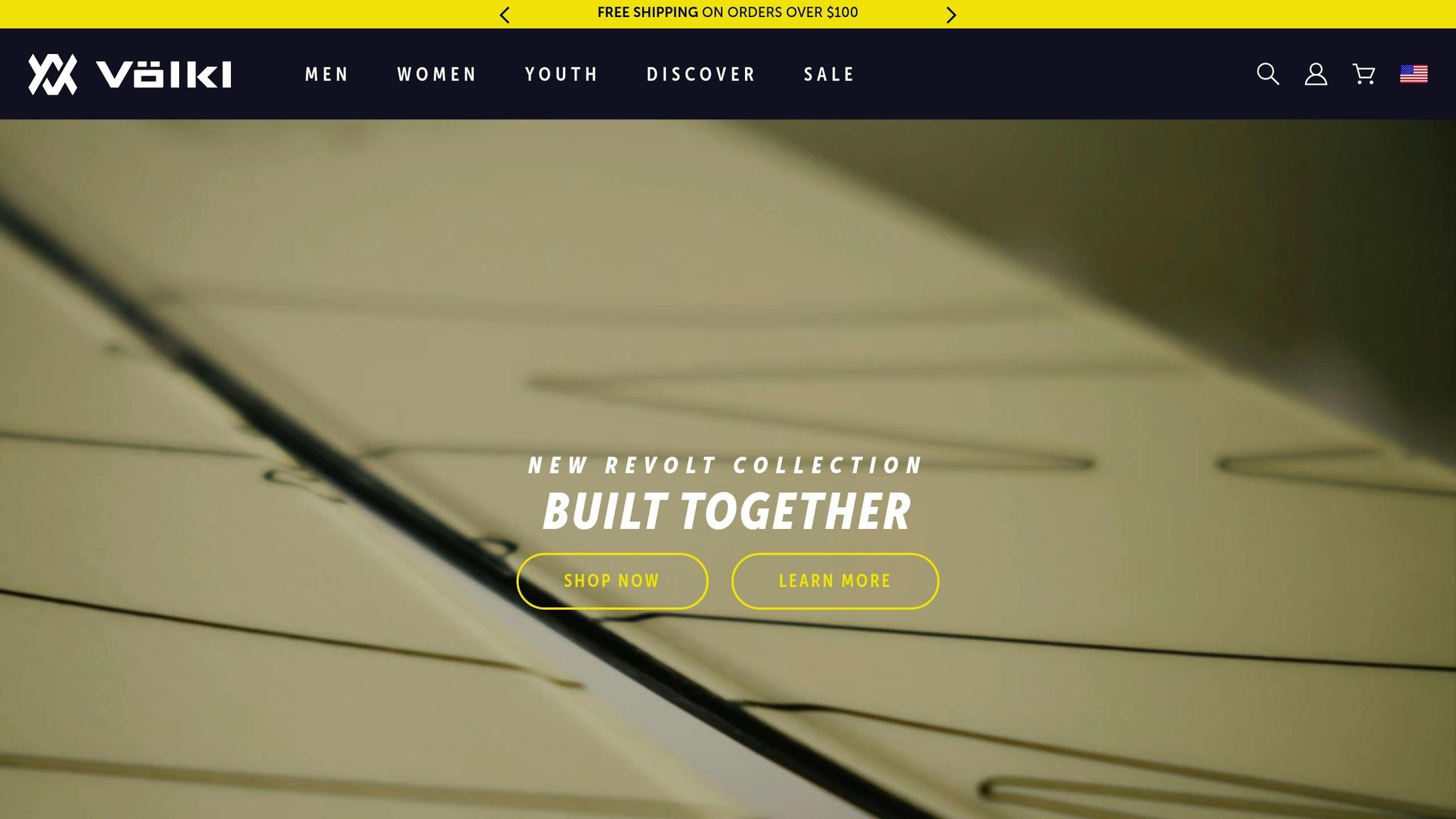
The Völkl Mantra M7 sticks to a classic alpine skiing philosophy, focusing on power, precision, and performance - with a price tag to match. While seasoned skiers often praise it for its reliable handling and stability, its heavier, traditional design might not be the first choice for those venturing into backcountry terrain. This is where the lightweight, travel-friendly approach of Snowfeet* products stands out as a modern alternative.
Portability
Carrying the M7 feels a bit like hauling a full-size toolbox when a compact multi-tool would do the job. Sure, Völkl has worked to shave some weight off the M7 with features like its Tailored Titanal Frame and Carbon Tips, but at the end of the day, it's still a full-length alpine ski. Transporting and storing it takes effort. On the flip side, Snowfeet* skis are designed with portability in mind. Compact and easy to carry, they’re a dream for anyone hiking up to remote peaks. This difference in portability sets the tone for how these skis perform in different environments.
Downhill Performance
Once you’re on the slopes, the M7 delivers where it counts. Its Four Radius Drive sidecut gives it impressive versatility, allowing for smooth turns and excellent stability at high speeds. It’s also damp and composed, making it a solid choice for off-piste adventures. But here’s the catch: to get the most out of the M7, you’ll need the right boots, bindings, and a solid skill set. It’s best suited for intermediate to expert skiers. Snowfeet*, on the other hand, takes a more accessible approach. Their gear is designed to be easy to use, whether you’re hitting the groomed runs at a resort or exploring backcountry trails, without requiring a ton of extra equipment or advanced lessons.
Multi-terrain Use
The M7 is built for variety. Whether you’re carving groomers, tackling steep off-piste terrain, or gliding through powder, this ski stays composed and responsive. It’s versatile within the realm of alpine skiing, handling everything from moguls to mixed snow like a champ. However, its specialized design for alpine conditions limits its adaptability. Snowfeet* products, by contrast, make transitioning between resort skiing and backcountry exploring a breeze. They’re lightweight, flexible, and don’t tie you down with extra gear, giving you the freedom to adapt to wherever your adventure takes you.
Value (USD)
Let’s talk numbers. The Völkl Mantra M7 comes with a hefty price tag. Its MSRP is $849.99, though you can often find it on sale for $595 to $680. Add in the cost of boots, bindings, and other gear, and the total investment climbs quickly. Snowfeet* Walkski Backcountry Touring Skis, on the other hand, are priced between $399 and $490 - and that’s for a complete, ready-to-use package. When you consider that a typical ski touring setup can cost around $2,200, Snowfeet* offers a budget-friendly option that prioritizes fun and ease of use over complexity and expense. While the M7 remains a gold standard for traditional all-mountain performance, Snowfeet* is carving out a new path for modern adventurers looking for simplicity and versatility.
5. Blizzard Zero G 105
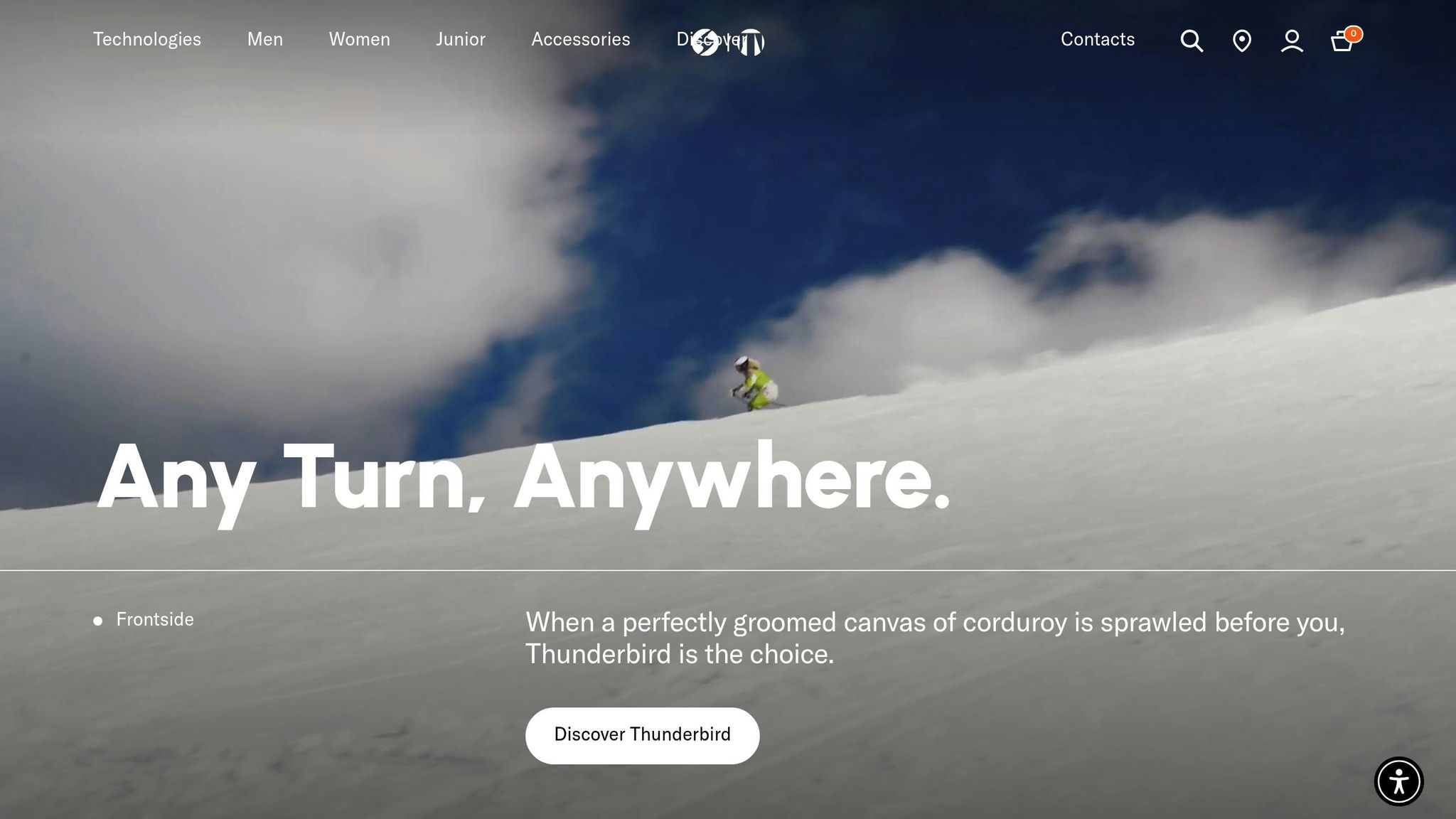
The Blizzard Zero G 105 is all about traditional backcountry skiing with a focus on performance. It's a favorite among seasoned backcountry enthusiasts, but its steep price tag and specific design make it less versatile for all-mountain use. For skiers looking for a more flexible, budget-friendly option, products like Snowfeet* offer an interesting alternative. Let’s dive into what sets the Zero G 105 apart - and where it falls short compared to newer, more adaptable options.
Portability
Blizzard has made efforts to cut down on weight by using an ultra-light paulownia wood core, bringing the 180 cm model to about 6.8 lbs per pair. While this makes it lighter than many alpine skis, its full-length design requires specialized gear, which can be a hassle to transport. Unlike the Zero G 105, Snowfeet* skis simplify things by eliminating the need for extra equipment, making them easier to carry around.
Downhill Performance
When it comes to descending, the Zero G 105 delivers solid performance for a touring ski. Thanks to Blizzard’s 79 years of expertise and their Carbon Drive 3.0 technology, the ski offers impressive stiffness and edge control. Industry reviewer Powder7 praised it, saying:
The Blizzard Zero G 105 has been one of the most reliable backcountry skis over the past few seasons
and added:
The end result is the best-skiing Zero G yet for most backcountry skiers.
However, this performance comes with a catch: you'll need pricey additional gear to take full advantage of it. So, while it excels in its niche, it sacrifices simplicity and versatility.
Multi-terrain Use
The Zero G 105 is built specifically for backcountry touring, not as a crossover ski for resorts and other terrains. Blizzard even recommends their Hustle series if you’re after an all-in-one setup. This specialization means the Zero G 105 shines in powder and backcountry conditions but doesn’t meet the needs of skiers who want to mix it up. On the other hand, Snowfeet* products are designed for versatility, handling both groomed runs and backcountry adventures without requiring multiple sets of gear. This single-purpose design of the Zero G 105 makes it less appealing for recreational skiers seeking variety.
Value (USD)
The price difference is hard to ignore. The Blizzard Zero G 105 ranges from about $629.99 on sale to $949.99 for newer models, with most retail prices hovering between $899.99 and $1,150.00. And that’s just for the skis. Once you add boots, bindings, safety gear, and other essentials, your total could easily exceed $2,000. Even used demo models with bindings can cost between $749.99 and $949.99. In contrast, Snowfeet* Walkski Backcountry Touring Skis come as a complete package for $399 to $490. That’s a much more wallet-friendly option that gets you on the slopes without the need for a ton of extra gear.
Pros and Cons Comparison
After diving into our detailed reviews, it’s clear why Snowfeet* stands out from traditional skis. It’s all about cost efficiency, portability, and ease of use. Below, we’ve laid out a quick comparison to highlight the key differences, followed by a deeper dive into each factor.
| Ski Model | Pros | Cons | Best For |
|---|---|---|---|
| Snowfeet Walkski Backcountry Touring Skis (100 cm / ~39 in) | All-in-one package for $399–$490; no extra gear needed; fits in a backpack; works with regular winter shoes; easy to learn; versatile for both resorts and backcountry | Shorter length may feel unfamiliar at first; adjustment period for traditional skiers | Skiers on a budget who want versatility and portability |
| Snowfeet Nordic Cross-country Skate Skis (90 cm / ~35 in) | Super lightweight and portable; beginner-friendly; handles various terrains; affordable | Limited for advanced downhill skiing; requires adapting from traditional skiing techniques | Beginners and those who value portability |
| Nordica Enforcer 99 | Reliable alpine performance; strong edge control; classic design | Costs $650–$850 plus bindings, boots, etc.; bulky and heavy; requires more skill; not ideal for backcountry | Experienced resort skiers with existing gear |
| Völkl Mantra M7 | Premium materials; excels on groomed runs; high-performance design | $700–$900 plus extra gear; specialized for resorts; steep learning curve; heavy to transport | Advanced skiers focused on resort skiing |
| Blizzard Zero G 105 | Lightweight (6.8 lbs); Carbon Drive 3.0 tech; designed for backcountry | $629–$1,150 plus gear, totaling over $2,000; single-use design; needs specialized equipment | Backcountry pros with experience |
Why Snowfeet* Stands Out
When it comes to cost, traditional setups can easily run between $1,500 and $2,500 once you factor in bindings, boots, and other gear. Snowfeet*, on the other hand, offers a complete package at a fraction of that price. No extra equipment, no hidden costs - just skiing.
Portability is another major win for Snowfeet*. Traditional skis? You’ll need roof racks, special bags, or a lot of trunk space. Snowfeet*? They fit right into your backpack or standard luggage. This makes them perfect for travelers, city-dwellers with limited storage, or anyone tired of lugging around bulky gear.
The learning curve is also worth noting. Traditional long skis demand advanced techniques and practice. Snowfeet* has a more intuitive design, making it easier for beginners to pick up and enjoy.
And then there’s versatility - perhaps Snowfeet*’s biggest edge. Traditional skis are often specialized for either resorts or backcountry use. Snowfeet* bridges that gap, performing well in both environments. Plus, they’re not limited to slopes. You can use them on hiking trails, parks, or even your backyard (as long as there’s snow!).
Maintenance is the cherry on top. Traditional skis need regular waxing, edge tuning, and professional servicing. Snowfeet*? Minimal upkeep, leaving you more time to actually enjoy skiing.
Final Recommendations
Snowfeet* skis offer a mix of convenience, portability, and performance that stands out in the skiing world. Unlike traditional skis, which often come with a long list of pricey, specialized gear, Snowfeet* provides an all-in-one option that simplifies everything. These features make it clear why Snowfeet* is a game-changer compared to more conventional setups.
For budget-conscious skiers: With prices ranging from $399 to $490, the Snowfeet* Walkski Backcountry Touring Skis save you from investing in the extra equipment that traditional ski packages usually demand.
For travelers and city dwellers: Both Snowfeet* models are compact enough to fit into a backpack or carry-on bag. Say goodbye to lugging around bulky gear and hello to easier trips to your favorite ski spots.
For beginners: Measuring just 35–39 inches, Snowfeet* skis are beginner-friendly and much less intimidating than traditional skis, which often require more advanced skills to master.
For versatile adventurers: Whether you're carving up groomed slopes or exploring backcountry trails, Snowfeet* adapts effortlessly to different terrains and conditions.
For low-maintenance enthusiasts: Traditional skis often need regular upkeep, but Snowfeet* is designed to keep maintenance minimal, so you can spend more time enjoying the snow.
Snowfeet* is all about making skiing simpler and more accessible. For many skiers in the U.S., it strikes the perfect balance between fun, performance, and convenience, offering a fresh take on the skiing experience.
FAQs
How do Snowfeet skis compare to traditional skis for resort and backcountry use?
Snowfeet skis bring a fresh twist to skiing with their compact size and impressive versatility. Their shorter length makes them super nimble, perfect for quick turns and easy handling across different terrains. Whether you're carving down groomed resort runs or tackling backcountry trails, these skis strike a great balance between performance and portability - something traditional long skis just can't offer.
Now, while traditional skis shine on high-speed downhill runs and deep powder, Snowfeet skis truly come alive on varied terrains. Think moguls, bumpy trails, and packed snow. They deliver a fun, approachable experience for skiers at any skill level. If you're looking for a way to enjoy both resort slopes and off-the-beaten-path adventures with confidence and control, Snowfeet skis might just be your new favorite gear.
Are Snowfeet skis a good choice for beginners, and what makes them stand out?
Yes, Snowfeet skis are a great option for beginners! Their shorter length makes them much easier to handle compared to traditional long skis, which can often feel intimidating for those just starting out. This design helps new skiers stay balanced and in control, making it simpler to pick up the basics and gain confidence on the slopes.
On top of that, their lightweight build means less physical strain and fatigue. Beginners can focus on learning and having fun without feeling bogged down. If you're looking for a fun and easy way to dive into skiing, Snowfeet skis offer a portable and versatile alternative to standard skis or snowboards.
What should I consider when deciding between Snowfeet skis and traditional all-mountain skis for resort and backcountry adventures?
When weighing Snowfeet skis against traditional all-mountain skis, it all comes down to what you prioritize: portability, versatility, or performance.
Snowfeet skis are small, lightweight, and super easy to handle. They’re perfect for backcountry adventures, resort skiing, or even exploring urban areas. Thanks to their shorter length, they’re simple to carry, a breeze to strap on, and ideal for weaving through tight spots or cruising on gentle terrain. Plus, they’re beginner-friendly, making them a fun, less intimidating option for those just starting out or looking for something different.
On the flip side, traditional all-mountain skis shine when it comes to speed and stability on groomed runs. However, they can be bulky and not as convenient for backcountry trips. If portability and quick transitions are higher on your list, along with the ability to tackle mixed terrain, Snowfeet skis might just be your go-to for your next adventure.

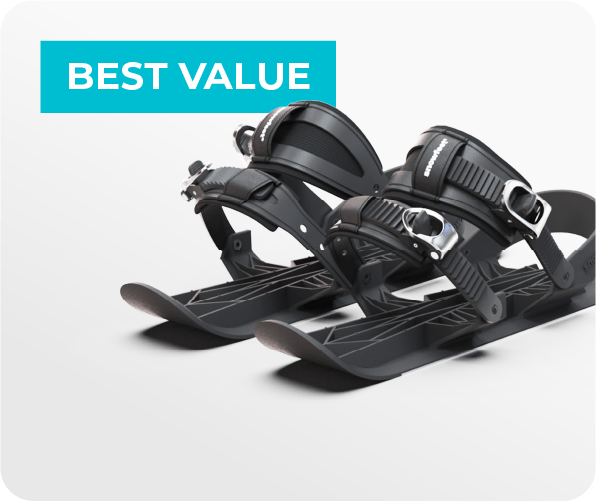



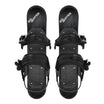
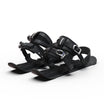
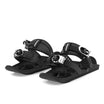

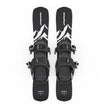
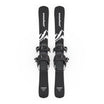

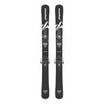
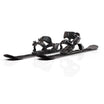
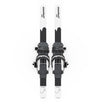


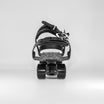

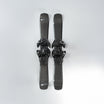



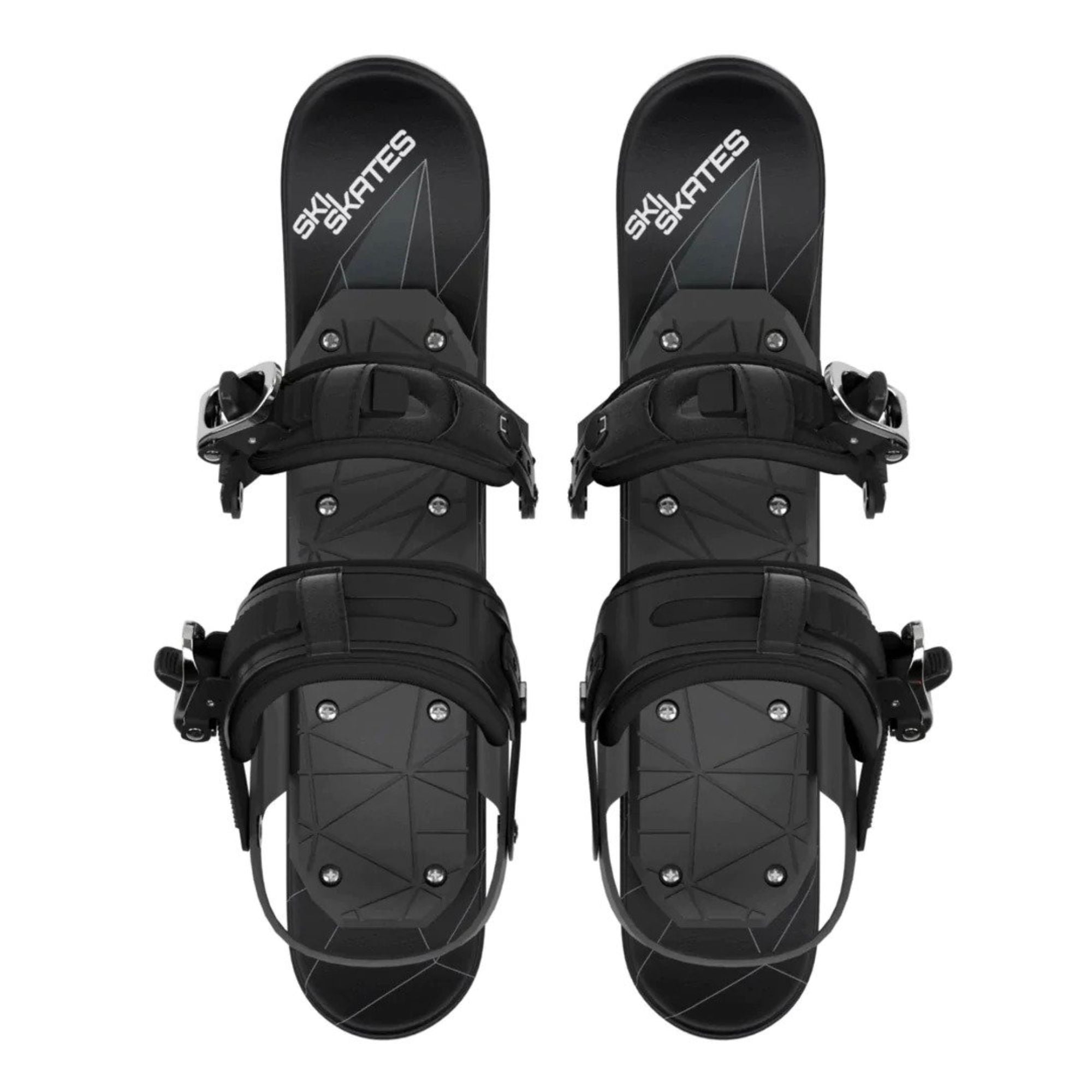
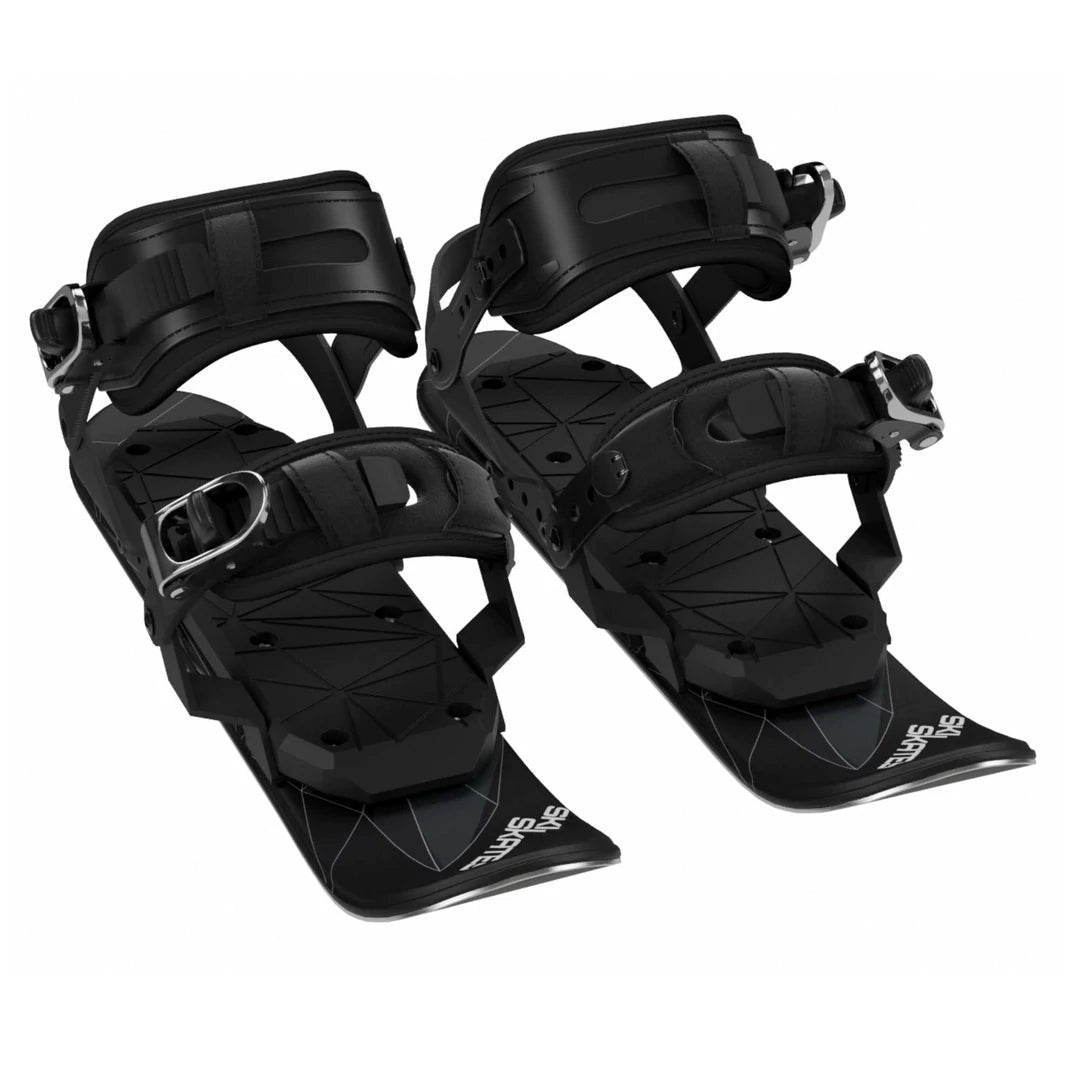
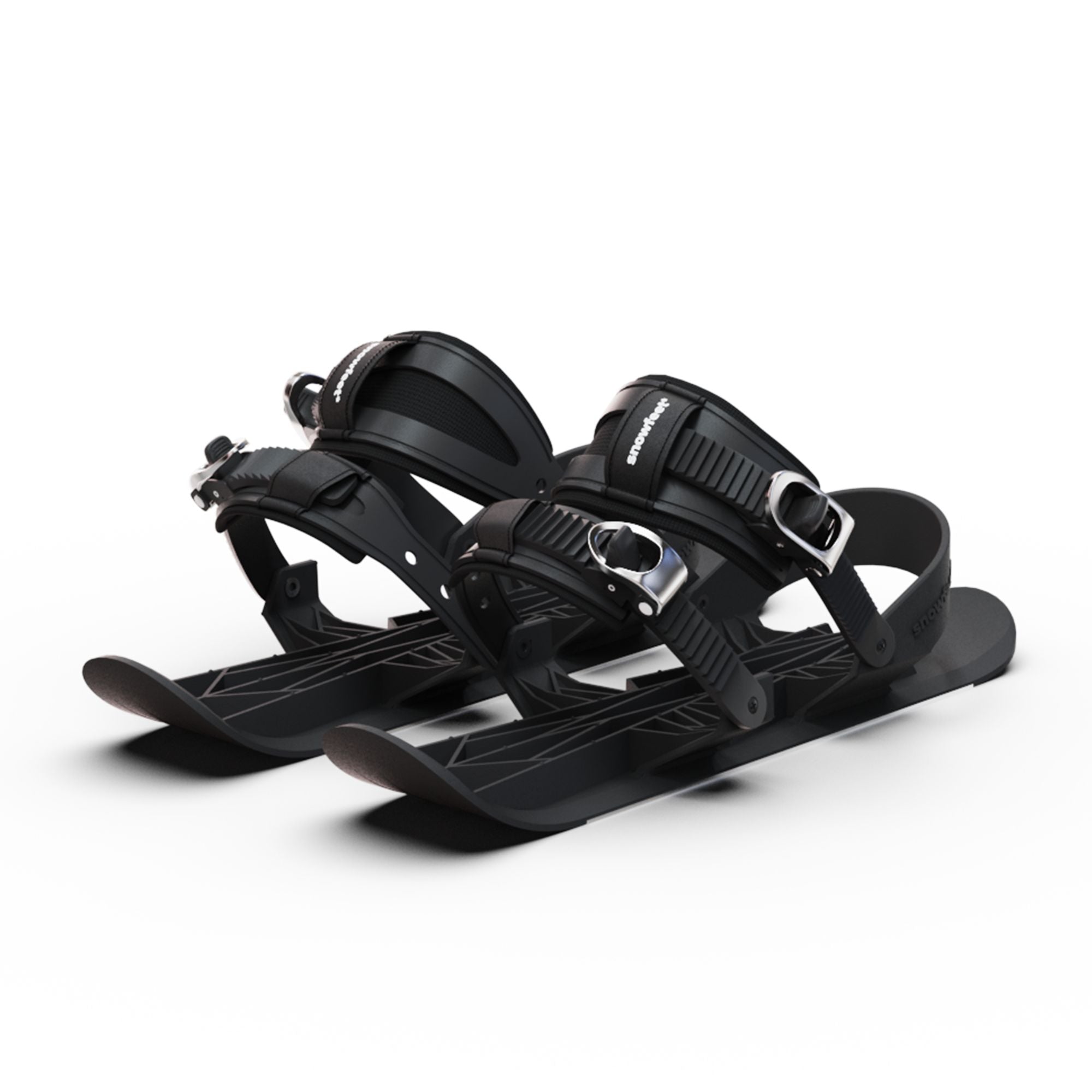

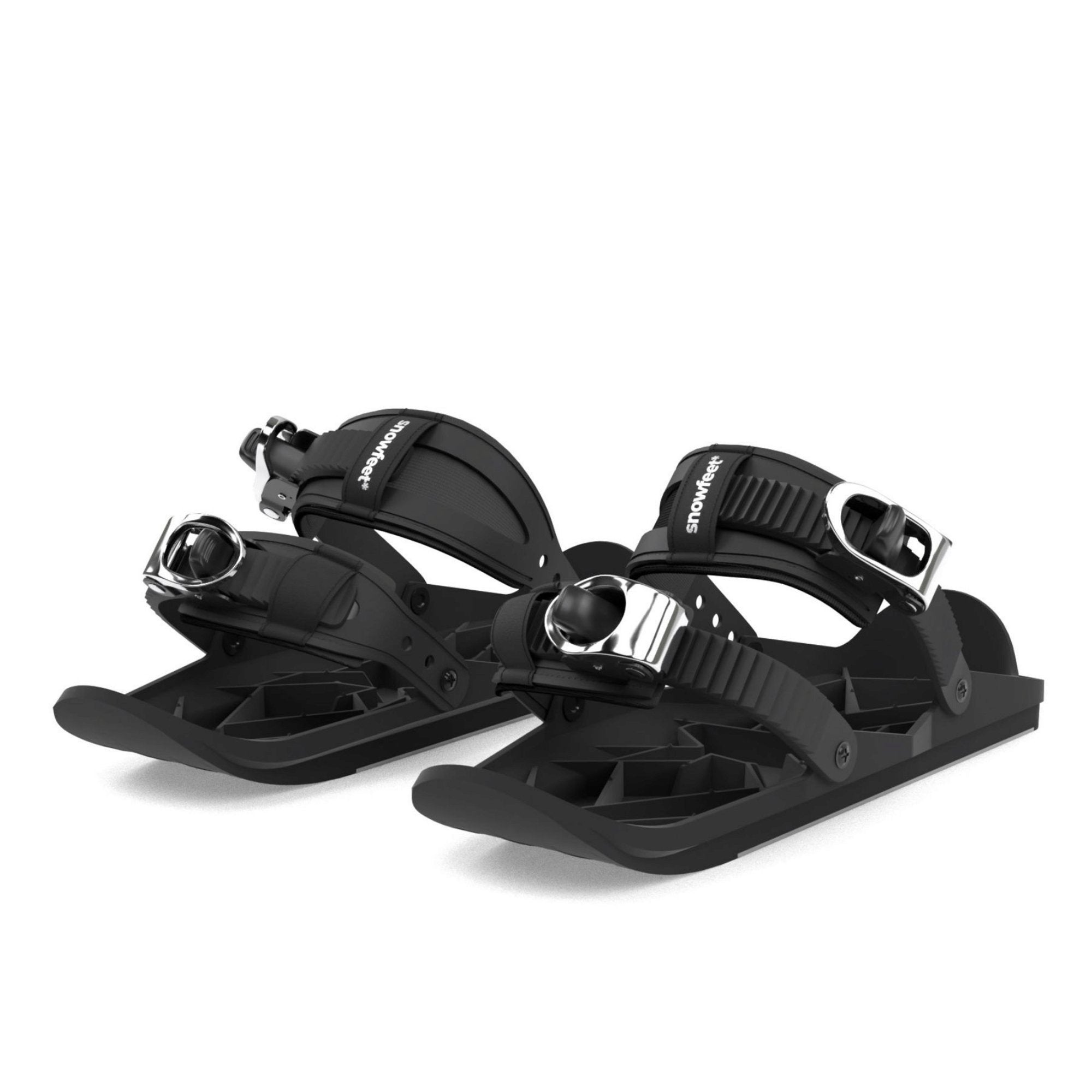
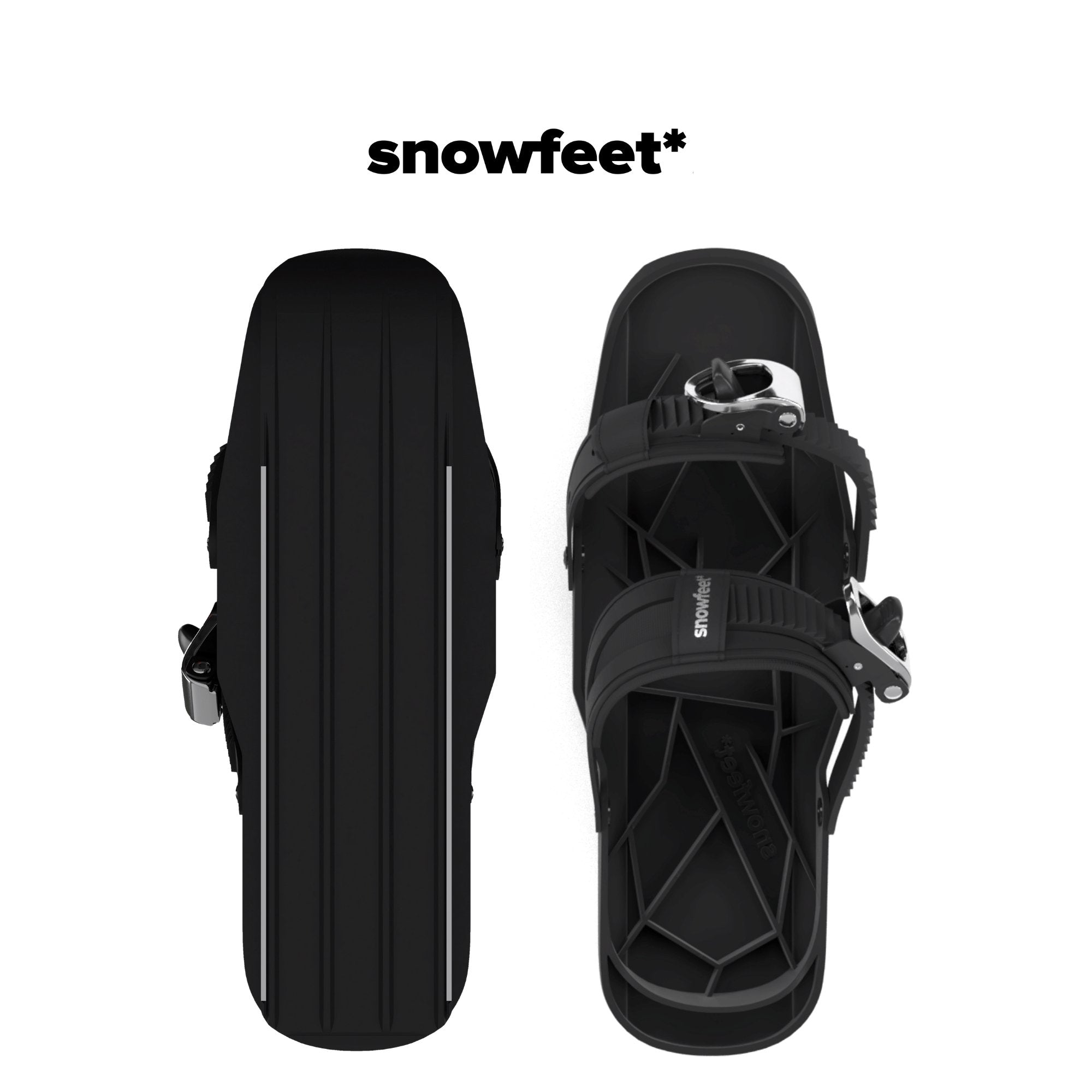
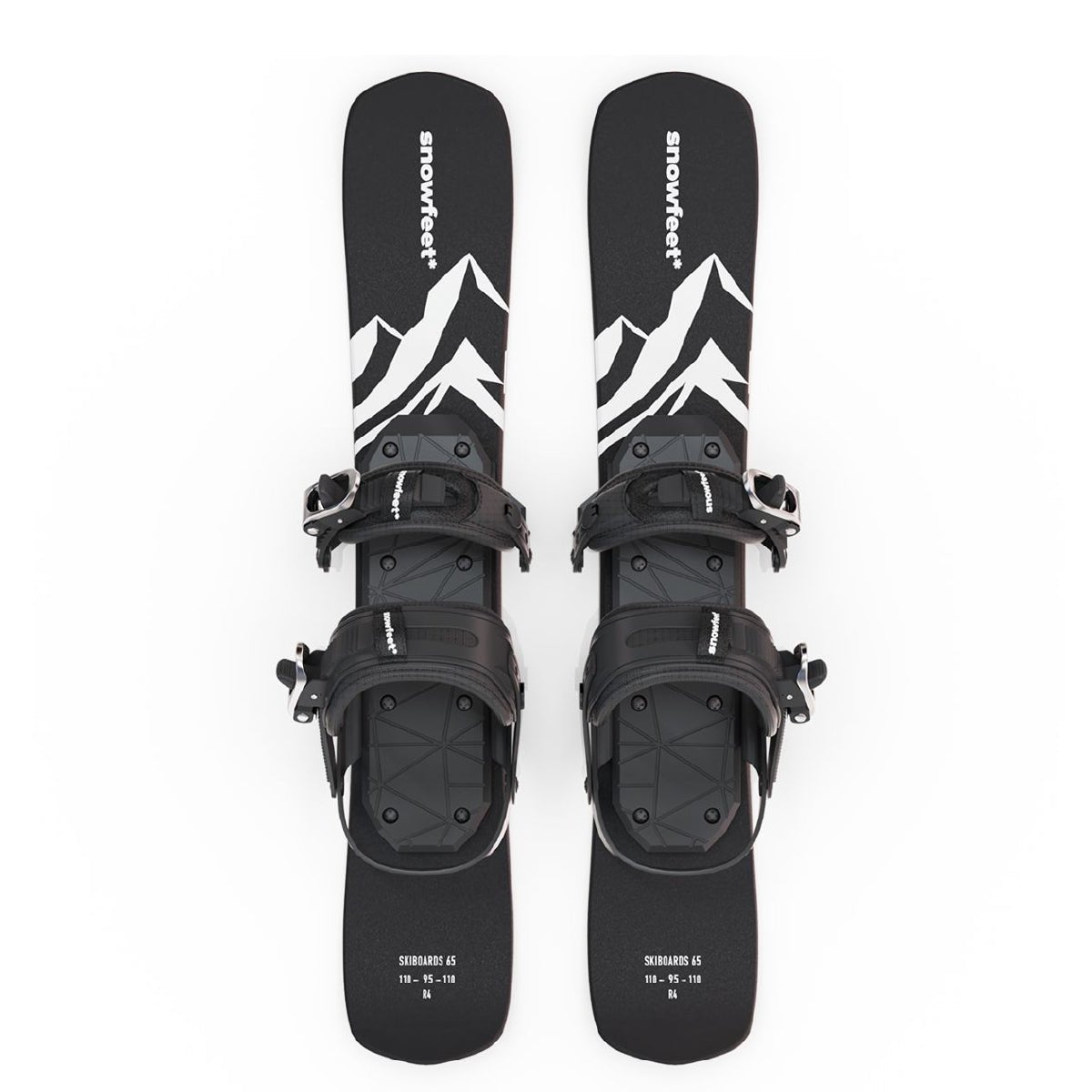
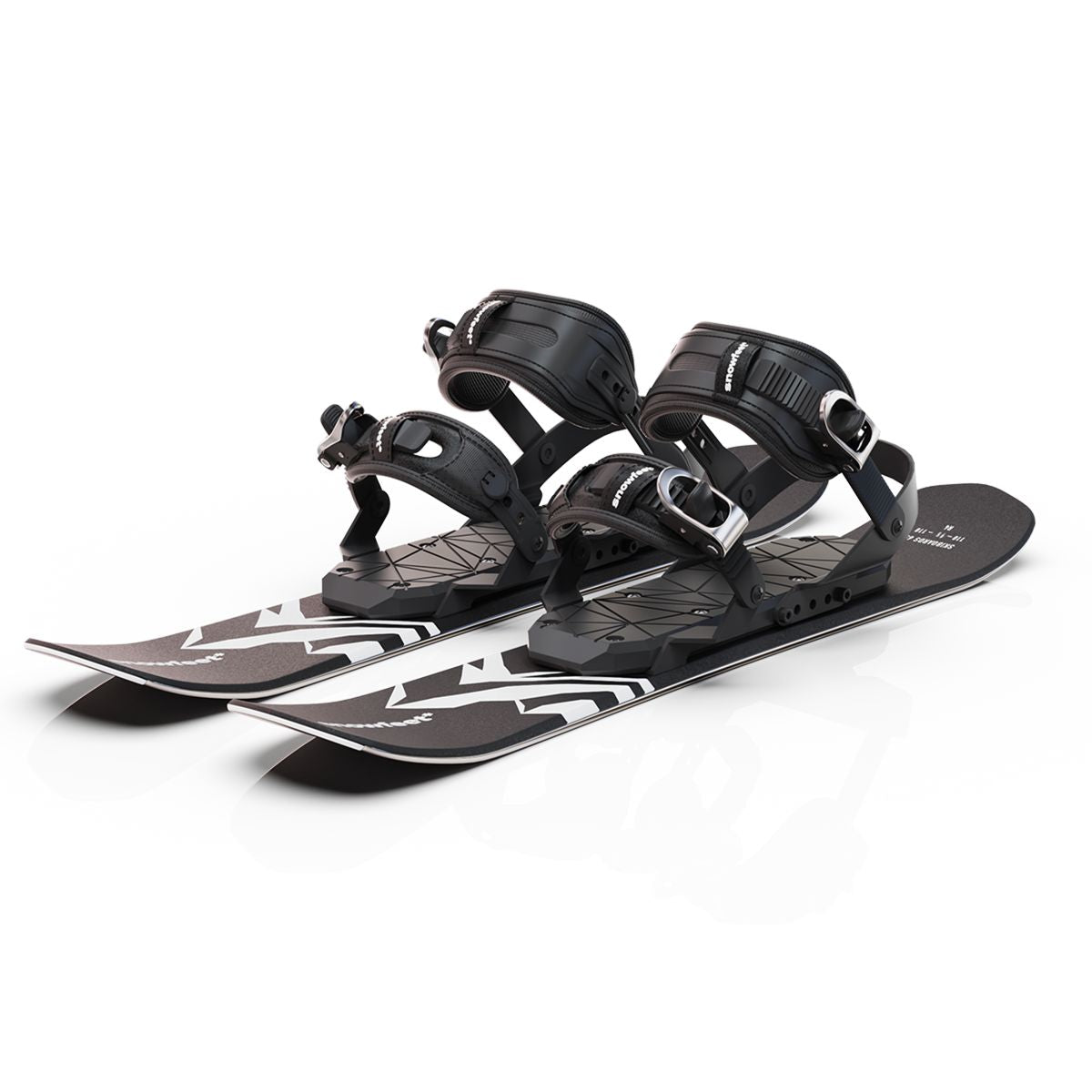
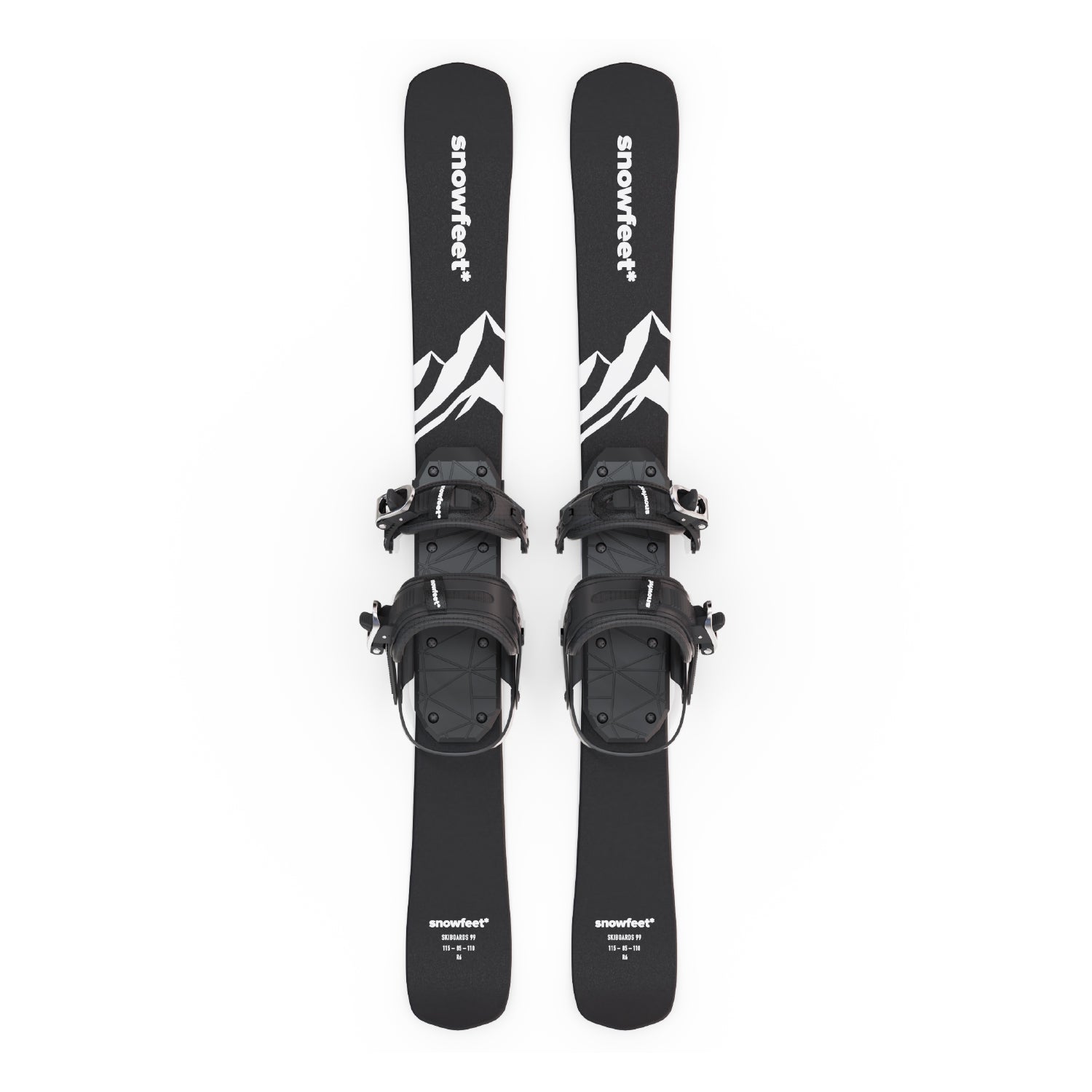
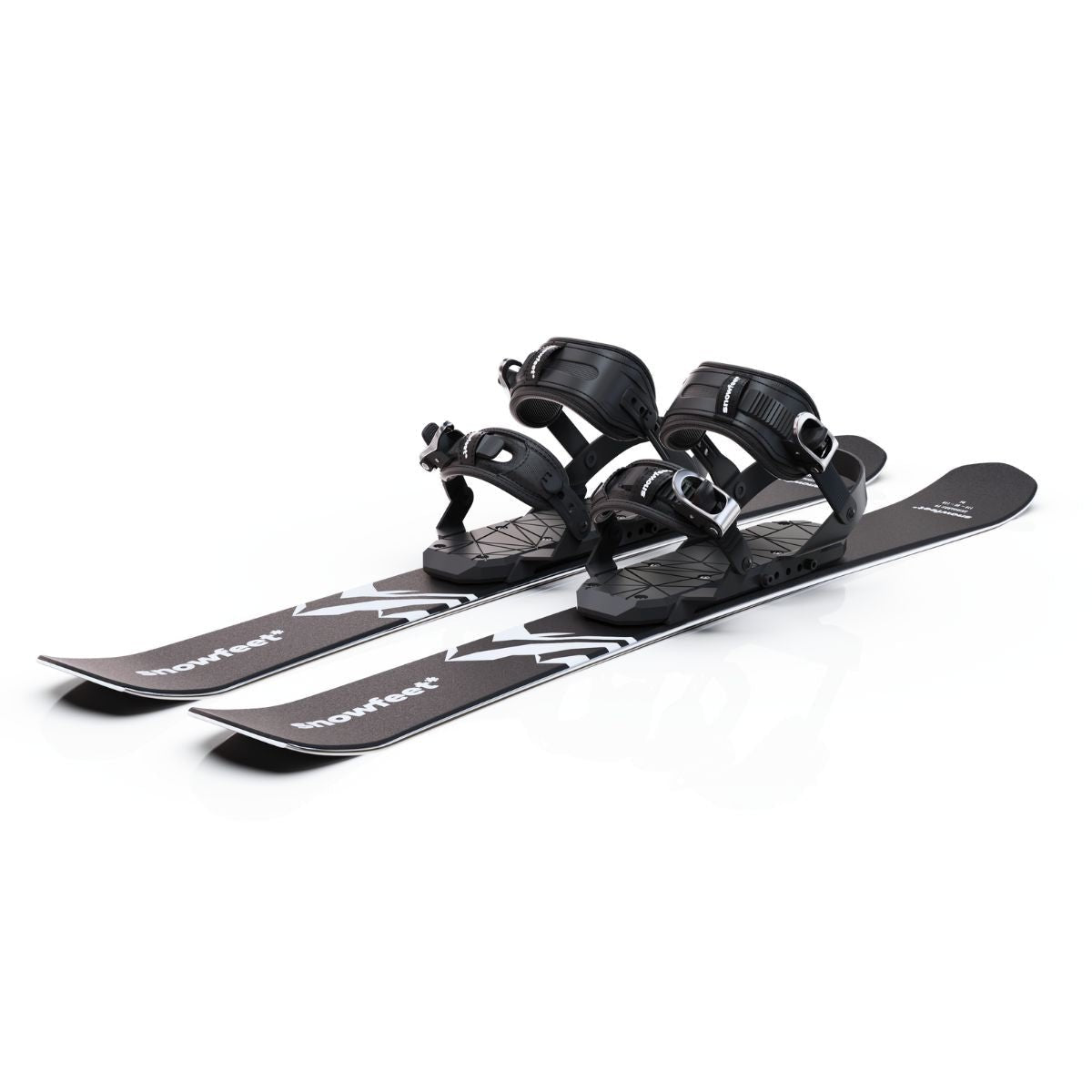
Laat een reactie achter
Deze site wordt beschermd door hCaptcha en het privacybeleid en de servicevoorwaarden van hCaptcha zijn van toepassing.